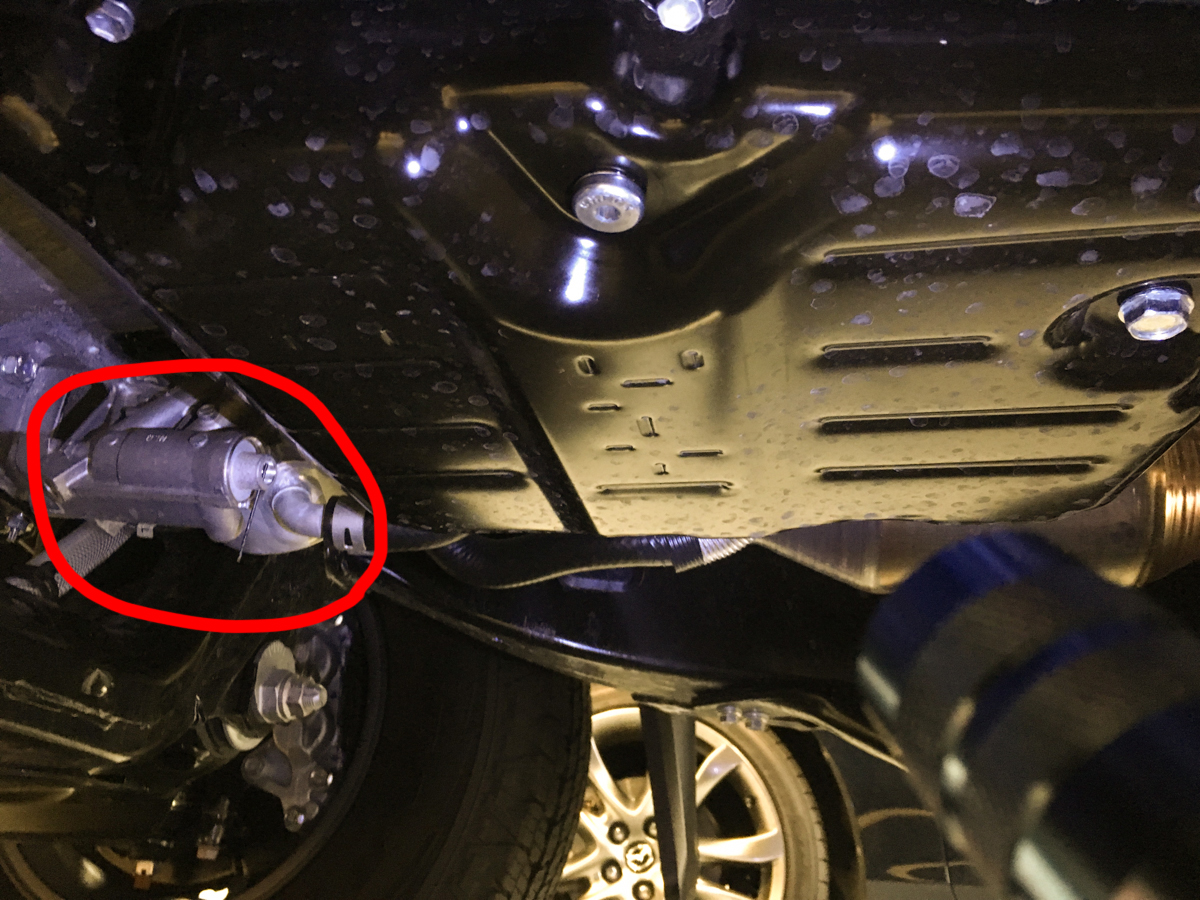

- #Check automatic transmission fluid how to
- #Check automatic transmission fluid install
- #Check automatic transmission fluid driver
- #Check automatic transmission fluid free

This type of transmission does not use a dipstick for checking the transmission oil level. The job is better handled by an expert but it is not difficult nor impossible for any DIY inclined car user to do. SEALED AUTOMATIC TRANSMISSION (WITHOUT DIPSTICK)Ĭhecking the fluid level on this type of transmission requires a greater level of expertise as compared to checking fluid level on transmission with dipstick. They recommend turning the engine off and then immediately checking the fluid level on the dipstick. Note: Honda has a slightly different procedure for checking the fluid level. That is why there is both cold and hot marks on the transmission dip stick. This can lead to splashing of the transmission fluid which will cause foaming and then consequently lead to less lubrication and transmission overheat.Īs temperature rises, the volume of the automatic transmission fluid also rises. If the transmission oil level is above the hot mark of the dipstick, it means that the transmission has been overfilled. If it is way below the hot mark, it signifies an under filled transmission which can cause the transmission to over heat and burn and also cause transmission performance issues. This time, the oil mark should be around the hot mark of the dipstick. ° Gently remove the dipstick and check the oil level. ° Park the car while it still idles, engage the emergency brake. ° Drive around for few miles to bring the transmission up to operating temperature. Go ahead to check the level when the transmission has attained normal operating temperature as described in the next points. If the oil mark is below the cold mark of the dipstick, the transmission is likely under filled. ° Dip the stick again, pull stick out gently ensuring that you keep it in vertical position to keep the oil mark clear. Pulling the dipstick out gently is very crucial to getting an accurate reading when you dip the second time or subsequent times. ° GENTLY pull out the transmission oil dipstick and wipe the oil off with a clean towel. ° When the car has not been started for the day (preferably in the morning), start the car while the emergency brake is engaged, cycle through all the gears (P R N D) pausing on each gear for about 5 seconds. Let's go straight to checking the correct transmission oil level now.
#Check automatic transmission fluid driver
This types of transmission has dipstick similar to engine oil dipstick but it differs in the sense that the engine oil dipstick has minimum and maximum level marks while the transmission oil dipstick has cold and hot marks.įront wheel drive automatic transmissions have their dipsticks at the front driver side of the engine while the rear wheel drive cars have their dipsticks at the rear passenger side of the engine.

We shall look into the procedures for both types of transmission differently. The methods used in checking the fluid levels of these two types of transmission are different. Sealed automatic transmission without dipstick THERE ARE TWO CATEGORIES OF AUTOMATIC TRANSMISSIONS WHICH WE SHALL BASE OUR DISCUSSION ON.
#Check automatic transmission fluid how to
The fluid should be in the designated area for normal operating temperature or ambient temperature.Knowing how to properly check the fill level of automatic transmission is key to proper preventive maintenance of the transmission. Remove the dipstick and inspect the fluid level.
#Check automatic transmission fluid install
#Check automatic transmission fluid free
Remove the dipstick, wiping it clean with a clean, dry lint free rag.Latch the gearshift lever in P (Park) and leave the engine running.Allow sufficient time for each gear to engage With the engine running, parking brake engaged and your foot on the brake pedal, move the gearshift lever through all of the gear ranges.Park the vehicle on a level surface and engage the parking brake.Drive the vehicle 20 miles (30 km) or until it reaches normal operating temperature.However, the fluid level should be checked if the transmission is not working properly, (i.e., if the transmission slips or shifts slowly) or if you notice some sign of fluid leakage.

Your transmission does not consume fluid.


 0 kommentar(er)
0 kommentar(er)
